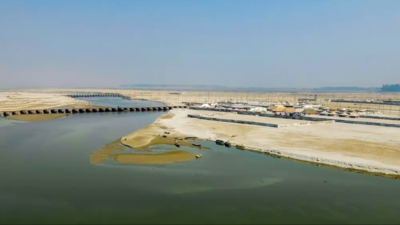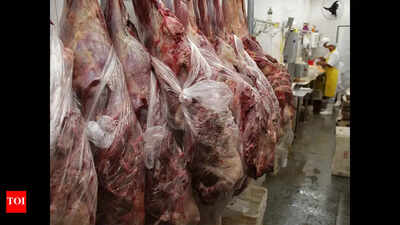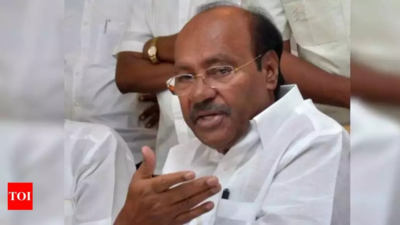Construction of Six-Lane Bridge Over Yamuna River in Prayagraj Begins | Prayagraj News
PRAYAGRAJ: The initial survey for a proposed six-lane bridge over the Yamuna River in Prayagraj officially began, marking the first step in a major infrastructure project aimed at improving connectivity in the region ahead of the Maha Kumbh.
The bridge is proposed to connect Madouka in Naini to Karelabagh (near the Kareli area of the city) and is expected to ease traffic congestion and boost regional development.
The proposal for the bridge was passed during a cabinet meeting chaired by Uttar Pradesh Chief Minister Yogi Adityanath on January 22. The meeting approved the construction of two new bridges—one, a six-lane bridge across the Yamuna from Madouka to Karelabagh, and the other, a four-lane bridge over the Ganga from Salori to Hetapatti.
Authorities started the initial survey work for both proposed projects. Last month, the initial survey was done for the bridge over the Ganga, and now preparations for the Yamuna bridge have already taken a concrete shape.
In just two and a half months since the cabinet approval, the survey work was initiated under the supervision of the Uttar Pradesh State Bridge Corporation.
The govt entrusted the corporation with the responsibility of preparing a detailed project outline, and within four days of receiving the directive, the departmental officials formed a dedicated team to begin the on-ground survey in the Madouka and Karelabagh areas.
The survey will focus on several key parameters such as the ideal location for the bridge’s entry and exit points, the required height considering the two existing bridges over the Yamuna, and the land acquisition necessary for the project.
Project Manager Rohit Mishra confirmed that the survey work will continue for two weeks, after which a detailed project report (DPR) will be compiled and submitted to the govt within 15 days.
This new bridge is expected to significantly enhance the transportation network of the Sangam city, especially as it gears up for the Maha Kumbh. Once completed, the six-lane bridge will not only improve intra-city travel but also play a vital role in managing the massive influx of pilgrims and visitors during the religious gathering.









